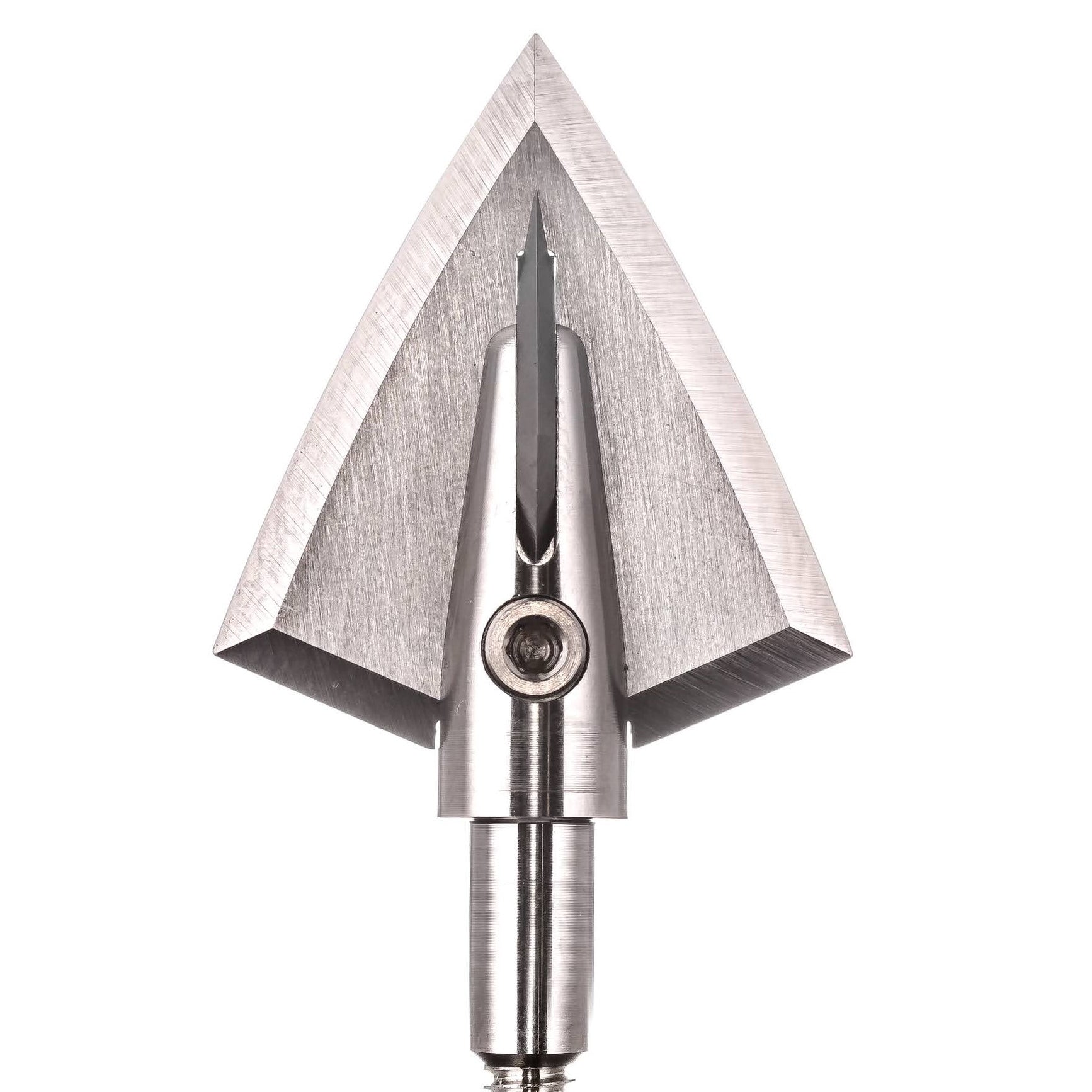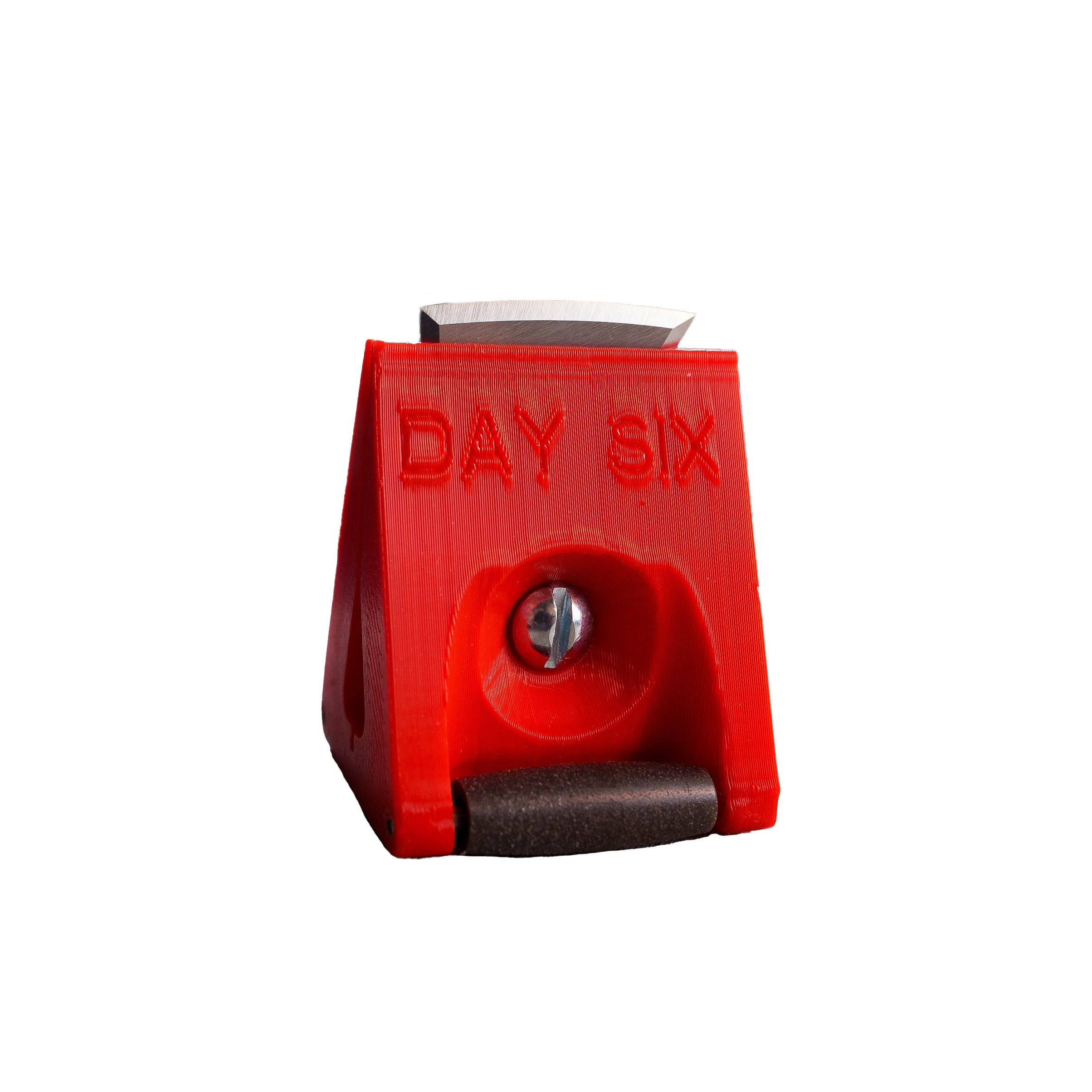Pick a spot...but which spot?

Pick a spot...but which spot?
I see so many different “schools, courses, or classes” lately touting their ability to make you a better hunter, archer, etc. While I’m sure there are many great bits of knowledge the student can take away, there’s no substitute for lessons learned in the field on your own.
In the famous words of Bear Claw Chris Lapp, “Can't cheat the mountain, Pilgrim, the mountain got its own ways.” In a nutshell, there’s no shortcut to becoming a proficient hunter, it has to be earned in the field. I say this often, the guys that are consistently successful have learned from their mistakes and use those lessons to capitalize on the opportunities given to them in the field.
To that end, I’d like to share something I’ve never heard any of the “experts” discuss which is where to aim on certain types of animals. Most guys aim at the lower third line right behind the crease of the shoulder, which is great for some situations. However, there are many variables involved as to that being correct; species, distance, angle, and the animals level of alertness.
If you’re questioning as to why the species matters, let me explain what I’ve observed over the last 35+ years as a bow hunter. Being blessed to have been raised in the south, I had the opportunity to match wits with southern whitetails (aka crackheads) and the wild hog basically on a year round basis. The benefit of hunting those two species on the regular was the distinct difference in their reaction at the sound of the shot. Let me expand...
What I started to notice was that I would hit many deer high and forward into the shoulder but with hogs I’d find a lot of shots were further back towards the middle. If I’m being honest, it took a while to realize what was happening but once I did the light bulb went off in my head. With deer, the majority would drop and swing their head towards their tail but in contrast the hogs would usually lunge forward.
So, what to do in response to this new discovery? From that moment onwards I would pick a spot 6” back from the shoulder on deer and with hogs I’d hold up tight to the shoulder. Subsequently, as my experience expanded into other species across the globe I found myself studying videos to see how certain species would react to the sound of the shot prior to hunts. What I found fascinating is that most pig species regardless of location were forward lunging animals as are most antelope species whether it be in Wyoming or Africa. This information became a critical factor in consistent success for me over the years.
Distance; Anyone that knows me is aware of my aversion to long shots, especially on whitetail. To each his own and what some consider ethical shot distance is their business.
With that said, distance is a major factor in point of aim as animals will have more or less time to react as well as their proximity to the sound of the bow will determine the extent of their reaction in most cases. Now, taking into consideration the previous discussion regarding species; my experience with antelope ranging between 25 and 40 yards will find my point of aim almost straight up the leg while on whitetail I’m closer to low center to the point of being on the belly.
Angle; This does not just apply to tree stand hunters as many western hunts have steep shot angles as well. If you aim at the same spot every time regardless of angle you’re going to experience failures at some point. For downward angles the point of aim should be higher than normal to ensure that the arrow will pass through vitals all the way through the animal. In contrast, an upward angle may find the point of aim almost at the bottom of the animal. The key here is to imagine the arrow’s path and where the exit will be. This is a major problem I have with the scoring rings on 3D targets but I will digress.
The animals level of alertness is one of the most crucial aspects with regards to point of aim as well as ethical distance but that’s for another time. I see so many hunters make a bleating sound to stop an animal that is barely moving and within close range. They have immediately converted an otherwise calm animal to a coiled spring as well as given away their position. Chalk it up as another gift from the tragedy that is hunting television.
A calm animal is always a better situation and yes I’ve seen the graphics of how an alert animal drops less than one with its head down but it’s not a one size fits all thing. While it may be controversial, I much prefer a slow moving animal that is not alert to a fully alert, motionless animal. Of course, range will factor in on this as well.
To wrap this up, there is a lot of nuance in all the above but it’s lessons that will come from experience.....your own experience. If I had one piece of advice for bow hunters that are striving to learn it’s to get as many doe tags available in your area as well as destination hunts. Killing big bucks and bulls is great, but if it’s your first shot of the season or even longer it’s not going to be tough to execute. If you’re putting arrows through does often the shots become second nature.
I hope this helps and as always thank you for your continued support of this small, family owned company.














